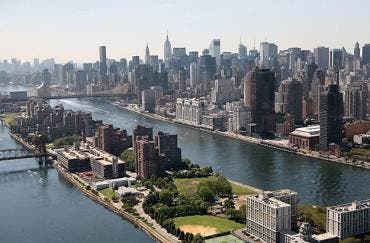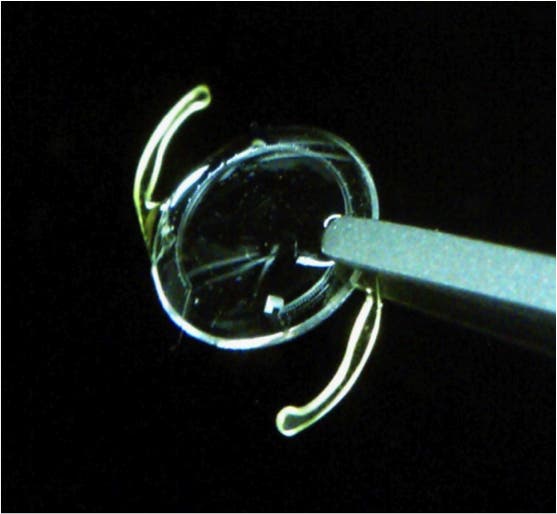
In an attempt to gain ground against renowned tech centers from around the country like Sillicon Valley, Boston or Texas, the city of New York has reached out to universities all over the world to submit their development plans for an applied science and engineering campus.
Higher-Education institutions were first aware of this signal in December, and now out of the slew of interested institutions, 18 universities submitted their plans which officials hope to increase New York’s profile in the realm of technological innovation. Schools interested include Stanford University, Carnegie Mellon University and Korea Advanced Institute of Science and Technology, Abo Akademi University in Finland, the Korea Advanced Institute of Science and Technology, and Technion-Israel Institute of Technology, as well as schools in England, India and Switzerland. Some institutions partnered and submitted joint venture plans, such as the one encompassing New York University, Carnegie Mellon University, the City University of New York, the University of Toronto and I.B.M.
“We received a response that was certainly equal to or exceeded our expectations,” said Robert K. Steel, the deputy mayor for economic development.
In December, Bloomberg solicited proposals for science and engineering centers for several sites, including the Navy Hospital Campus at the Brooklyn Navy Yard, the Goldwater Hospital Campus on Roosevelt Island in Manhattan, several areas of Governor’s Island and Farm Colony on Staten Island.
Stanford was among the first elite school that said it would consider applying, which chose Roosevelt Island as it’s location, a 2-mile-long sliver of land in the East River between Manhattan and Queens served by a popular tram, inhabited only by 9,000 people living in apartments. If accepted, the Stanford NY tech satellite would begin construction in 2013, cost around $250mil and open in 2015. The aim of the project is of training 440 graduates starting 2015-2016 year, and accommodate 2,200 students and few hundred faculty/staff members.
“It’s not about bringing money to the home campus,” Stanford’s president, John L. Hennessy, said in a recent interview. “It will require an investment of institutional resources to be successful.”
Cost will be a major challenge. A new city campus will likely cost hundreds of millions of dollars, said Seth Pinsky, president of the city’s Economic Development Corp. While the city could offer some city land and “seed investments,” the majority would have to be paid for by the selected university and its partners.
“There are very serious academic institutions that are willing to undertake an effort such as that,” Mr. Pinsky said.






